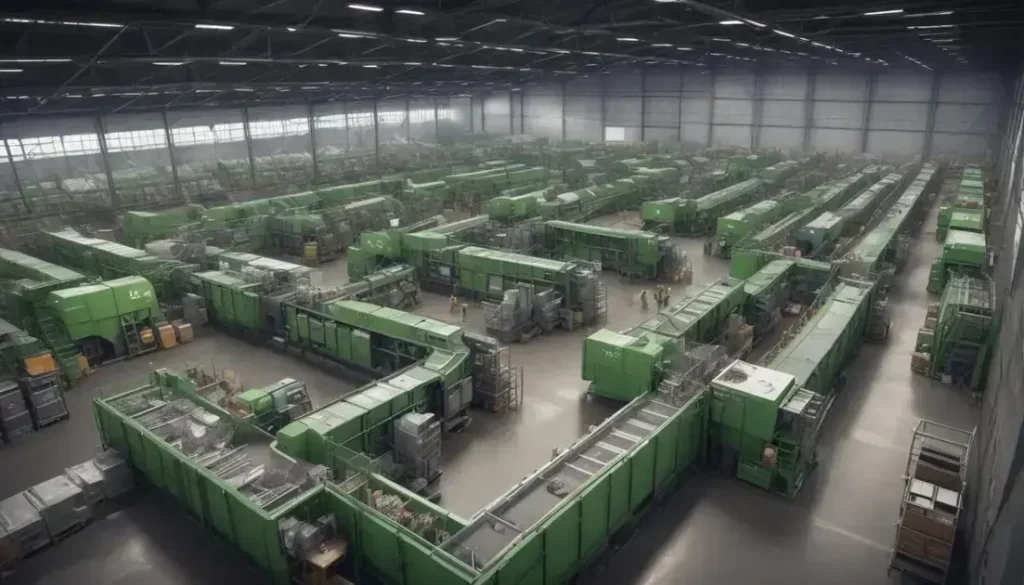Carbon credits allow Australian businesses to profit from reducing their carbon emissions, fostering sustainability while providing opportunities amid new regulations that enhance market competitiveness.
Carbon Credits are shaping the future of business in Australia, particularly with upcoming regulations. What do Australian companies need to know?
The Role of Satellite Data in Carbon Credit Verification
The use of satellite data in carbon credit verification has become increasingly significant. By providing accurate and timely information about land use and changes in forest cover, satellite technology enables regulators to track carbon emissions effectively.
With the implementation of new carbon pricing mechanisms, businesses can leverage satellite imagery to monitor their environmental impact. This precise monitoring helps companies meet compliance requirements while maximising their carbon credits.
Real-time data facilitates transparency, allowing stakeholders to verify that companies are genuinely offsetting their emissions. The reduction of fraud in carbon trading markets is essential for maintaining the integrity of these systems. Satellite data plays a critical role in authenticating claimed emissions reductions.
Furthermore, the integration of satellite data with AI analytics offers unprecedented insights into how land management practices can influence carbon sequestration. This approach not only enhances the verification process but also informs better environmental policies and practices.
Opportunities for Australian Businesses Amid New Regulations
New regulations around carbon emissions present significant opportunities for Australian businesses. These changes aim to encourage companies to adopt more sustainable practices while navigating the evolving market landscape.
Australian businesses can benefit from enhanced carbon credit systems, allowing them to generate revenue by reducing their carbon footprint. By investing in cleaner technologies, companies not only comply with regulations but can also position themselves as leaders in sustainability.
Moreover, collaboration between industries can drive innovation. Small and medium-sized enterprises can seek partnerships with larger corporations that are eager to meet compliance requirements. This symbiotic relationship can foster new business models centred around sustainable practices.
Exporting opportunities also expand as international markets increasingly demand environmentally responsible products. Australian products that align with global sustainability goals can gain a competitive edge. Businesses prepared to navigate these regulations can tap into lucrative markets that value sustainable practices.
Embracing New Opportunities in Sustainability
The recent regulations regarding carbon emissions offer exciting opportunities for Australian businesses to grow and innovate. By adopting sustainable practices, companies can not only comply but thrive in a competitive market.
Understanding how to utilise carbon credits and invest in green technologies will be crucial for success. With collaboration and innovation, Australian entrepreneurs can lead the way in sustainability.
Ultimately, embracing these changes will allow businesses to gain a competitive edge and contribute positively to the environment, making a real difference in the fight against climate change.
Frequently Asked Questions
What are carbon credits and why are they important?
Carbon credits are permits that allow companies to emit a certain amount of greenhouse gases. They are important as they create a financial incentive to reduce emissions and promote sustainability.
How can Australian businesses benefit from the new carbon regulations?
Australian businesses can leverage carbon credits to generate revenue by reducing their carbon footprint, leading to new market opportunities and improved sustainability practices.
What role does satellite data play in carbon credit verification?
Satellite data provides accurate information about land use and changes in forest cover, aiding in the verification of carbon emissions reductions in the carbon credit market.
How can small businesses participate in carbon trading?
Small businesses can participate by adopting sustainable practices, monitoring their carbon emissions, and engaging in partnerships with larger corporations to comply with regulations.
What are some renewable technologies Australian businesses should consider?
Australian businesses should consider investing in solar power, wind energy, and energy efficiency technologies to align with sustainability goals and benefit from carbon credits.
How do these regulations impact the Australian export market?
The regulations enhance the credibility of Australian products in international markets, providing a competitive advantage for exporters who meet stringent environmental standards.


